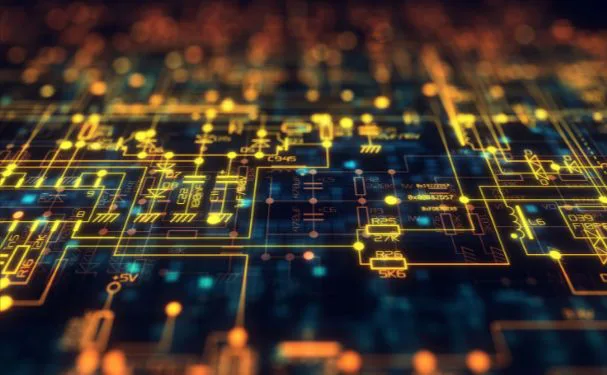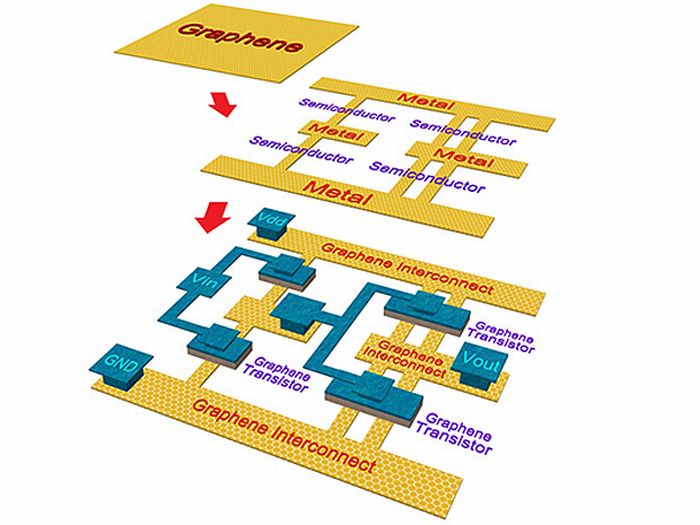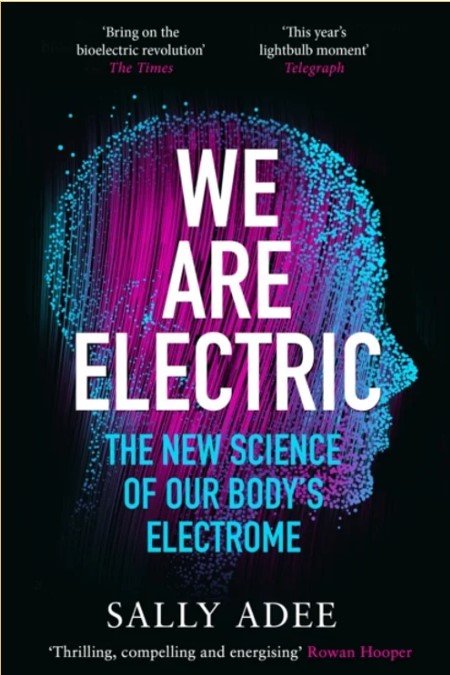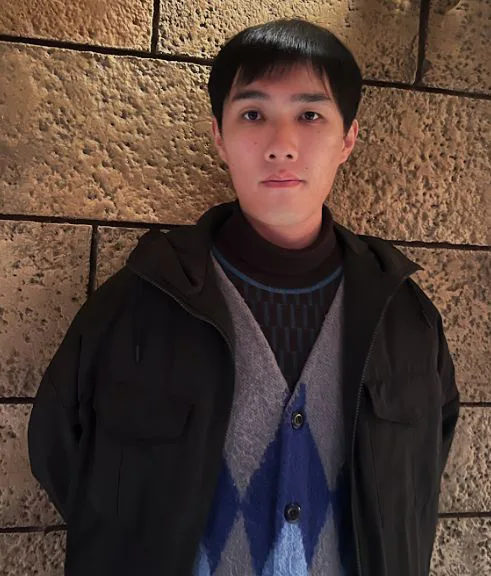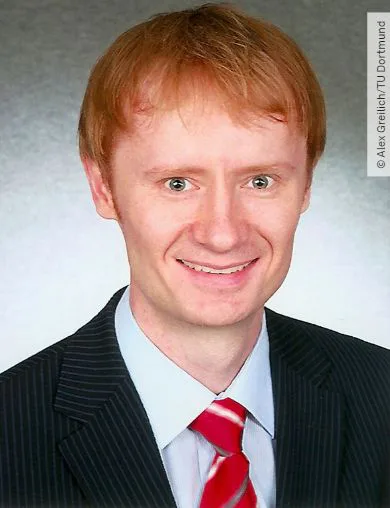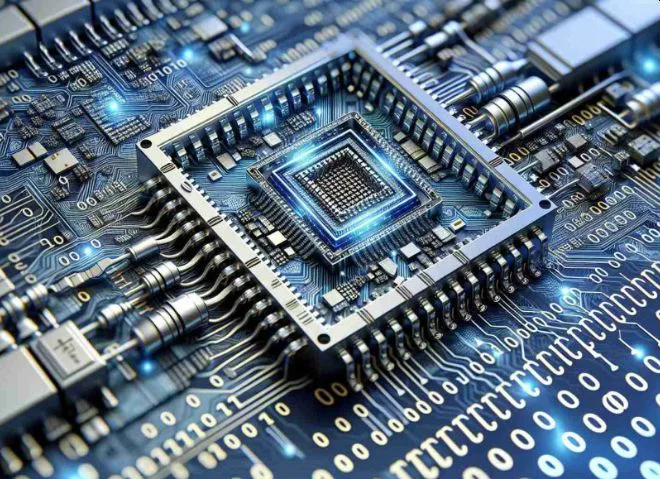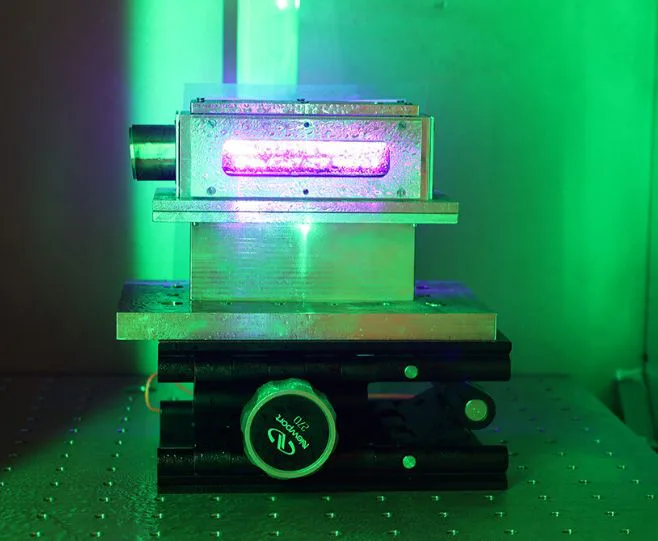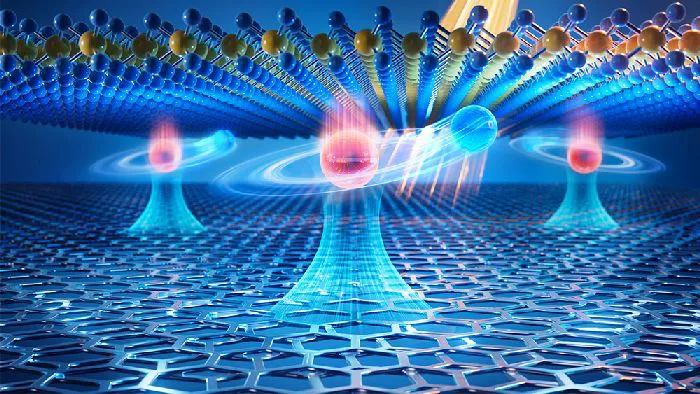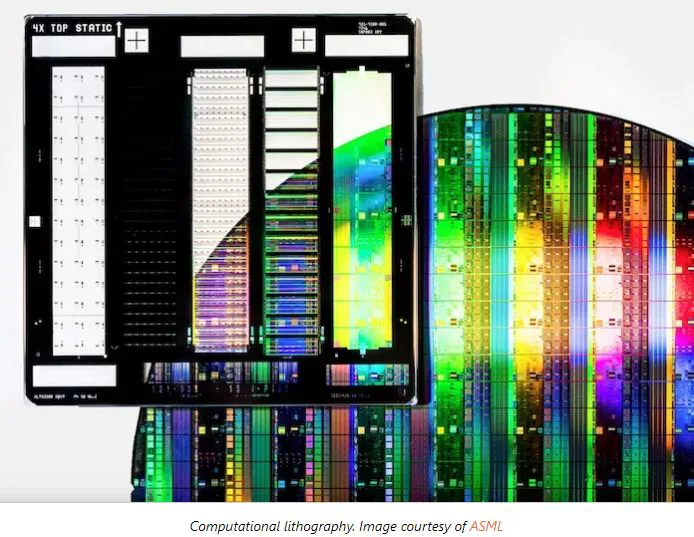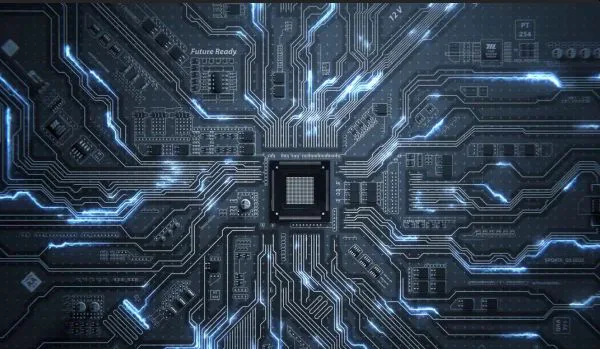Two-dimensional (2D) semiconductors hold enormous potential to transform the future of electronics. However, their full potential is hindered by a major challenge: interface defects that form between the semiconductors and insulating layers, which degrade overall performance.
Search Results for: semiconductor
Computational Lithography: Illuminating the Future of Semiconductor Manufacturing
Tech behind computational lithography has revolutionised the way semiconductors are fabricated. By harnessing the power of computer algorithms and simulations, chip designs have become more efficient and powerful than ever before. Its ability to optimize lithographic processes have given a huge boost to the overall performance and energy efficiency of electronic devices. As we move forward, computational lithography is expected to merge with other technologies and re-shape the future where technology knows no bounds.
ILT and SMO continue to push the Boundaries of Resolution: Semiconductor Manufacturing
Semiconductor manufacturing is experiencing rapid and dynamic growth. The exponential evolution is making it one of the most swiftly evolving industries globally. As technology is advancing, the electronic devices are progressively shrinking in size. Behind this constant innovation lies the incredible field of “computational lithography”. It is the heart of semiconductor industry. After all, it blends the power of computers, mathematics, and precision engineering. Only to create intricate microscale structures on silicon wafers.
Semiconductors: Graphene Will Be Replacing Silicon In The Chips
Researchers at the International Technology Roadmap for Semiconductors (ITRS) envision that copper-based relay points in silicon chips would very soon become obsolete. All types of interconnections employed in integrated circuits (ICs) will also cover this redundancy. Graphene, as per scientists, will be the next frontier in computing. Traditional silicon-based transistors and metal interconnects were using materials, which were bulky in the sense that it was affecting the feature-sizes and contact resistance problem. So in order to address this issue, researchers in electrical and computer engineering at the University of California,…
Plenty of Room at the Bottom: Thinking Small, Dreaming Big
This document is a written version of a speech given by Richard P. Feynman in 1959, huge shout out to Michigan State University for putting this over internet. Feynman talked about the exciting potential of working with tiny things. He believed that there is a lot we can discover in this area, even though it isn’t directly about basic physics. He was sure that looking into this area could help us grasp difficult subjects more easily and could have many useful applications. Below are some of the ideas covered by…
Is the AI Moat Gone? DeepSeek’s Low-Cost Model Challenges Tech Giants’ Dominance
Disruption is the new normal! – This happens to be the current motif of the AI landscape. DeepSeek has posed some serious challenges to the conventional approach to AI model development. It has proved, at least looking at the current scenario, that there is no need for massive capital expenditures on training the LLMs. In fact, the advancement of AI isn’t just about the amount of data you put in, but how well you can prompt it! This reminds of a talk when asked where an Indian startup with limited…
Book Review: We Are Electric by Sally Adee
Sally Adee in “We Are Electric: Inside the 200-Year Hunt for Our Body’s Bioelectric Code, and What the Future Holds” takes us into our inner most layer which is but a hidden circuitry that powers nearly all forms of life. Even the tiniest cellular functions are governed by intricate electrical signals. This bioelectricity influences everything from our health to our consciousness. This book made its debut in 2023, and I’ve been jotting down my thoughts on it for the past couple of months. Today, I finally decided it was time…
Interview: Dr. Yaqing Shen, Material Scientist at KAUST, Saudi Arabia
I’m excited to introduce Dr. Yaqing Shen, a highly accomplished scientist in the field of Material Science and Engineering. Her groundbreaking research on advancing the use of two-dimensional (2D) semiconductors in commercial field-effect transistors (FETs) caught my attention. Despite her hectic academic responsibilities, Dr. Shen graciously agreed to an email interview, where she shared insights into her work and career.
Interview: Dr. Yuanbo Chen, Quantum Information Scientist at The University of Tokyo, Japan
Meet Dr. Yuanbo Chen, a dynamic and dedicated PhD student at The University of Tokyo. He is an invaluable member of the Hasegawa Group, where his intellectual curiosity and commitment to pushing the boundaries of quantum research shine brightly. In a recent scientific breakthrough, Dr. Chen, in collaboration with his accomplished team has captured headlines with their pioneering research in battery technology.
Interview: Dr. Alex Greilich, an Experimental Physicist at TU Dortmund University, Germany
Meet Dr. Alex Greilich, an experimental physicist who started his journey from Russia to his current endeavors in Germany. Venturing beyond mere theory, he dives headfirst into the intricate world of semiconductor nanostructures and spin dynamics, unearthing remarkable phenomena like time crystals along the way. Collaborating with esteemed institutions such as the Ioffe Institute, (research center within the Russian Academy of Sciences) Dr. Greilich’s work pushes the boundaries of what we know about the universe.
Transistors Get a Makeover with Sliding Ferroelectricity Power
Lately, tech wizards are aiming to create hardware that combines computation and data storage all in one gadget. These emerging electronics, called as computing-in-memory devices, will be a game-changer for faster speeds and improved data analysis.
Compact Accelerator Tech Surpasses Energy Milestone
Particle accelerators are nothing less than super heroes! They rock the world of semiconductors, medical magic, and all kinds of cool research including materials, energy, medicine etc. The only down side of this tech is, they require huge space, like kilometers of it. This makes them super pricey and time consuming of course.
Rydberg Excitons and Moiré Lattices Join Forces: Revolutionizing Quantum Simulation
In the intricate weave of the quantum realm, there exists a remarkable phenomenon known as Rydberg states. They are like the supercharged versions of atoms and molecules. These electrifying states of particles push the boundaries of our regular understanding of the quantum world.
Computational Lithography empowering Microchip Advancements: Revolutionizing Chip Design
Semiconductor industry is soaked with one of the most ever-advancing technologies. The demand for smaller, faster, and more efficient microchips keeps the world of semiconductors on its toes. Computational lithography has totally revolutionized the field by meeting the desired level of precision and complexity in chip design.
Lithography-Free Photonic Chip: Redefining AI Architecture
When it comes to data-heavy applications and sustainable computing, photonic chips have emerged as a promising technology. The use of photonic circuits, powered by laser light, offers an edge over traditional electronic circuits. Some of its remarkable advantages over electronic circuits are: Speed of light: Photonic chips make use of light to transmit and process information, which of course happens at the “speed of light”. Thus, leveraging the feature of light makes them move faster than electrons in electronic circuits.

